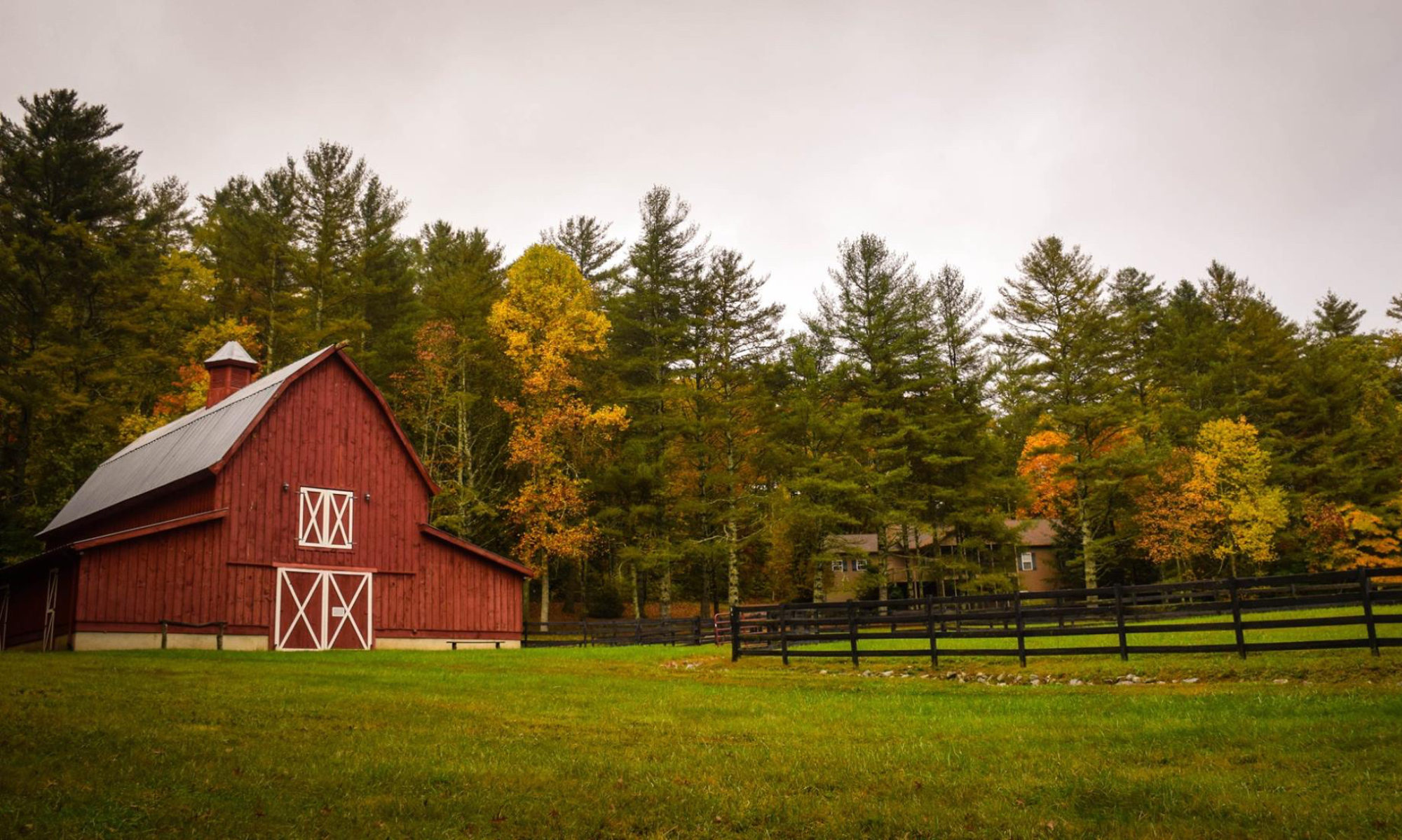There’s a good post and accompanying discussion in the comments section over at Gristmill where Tom Philpott has written a post about the sustainable food movement’s “class problem.”
Food and class
The sustainable-food movement has a class problem.
Slow Food, for example, is an essential organization, with its declaration of a universal “right to taste” and its mandate to …
“… oppose the standardisation of taste, defend the need for consumer information, protect cultural identities tied to food and gastronomic traditions, safeguard foods and cultivation and processing techniques inherited from tradition and defend domestic and wild animal and vegetable species.”
The group has undeniably done important work internationally toward those goals; yet its U.S. branch tends to throw pricey events accessible only to an economic elite.
The rest is here.

I work a lot with hunger and food insecurity in Iowa. The truth is that poor people have less of a choice in nutrition as others. If I am on food stamps, and I only get on average 70-80 cents a meal, I sure as hell can buy more food for my family with ramen noodles, mac & cheese, frozen pizzas, and so on.
Sustainable agriculture and local food systems ARE in my opinion, the answer to hunger and food insecurity that takes nutrition into account. The problem is that it is marketed to well off city folk and often the access for the rural poor is limited if there is any.
I guess I don’t have all of the answers, but I think that there is a disconnect between the hunger community and the food movement.